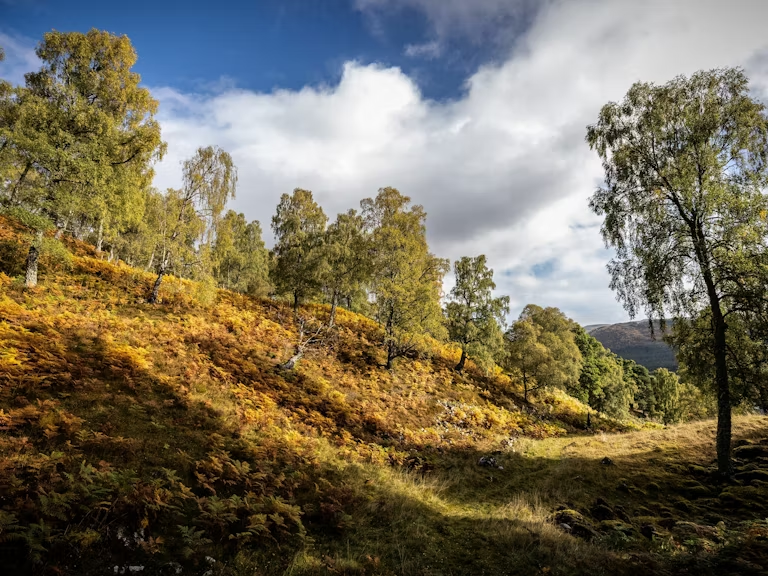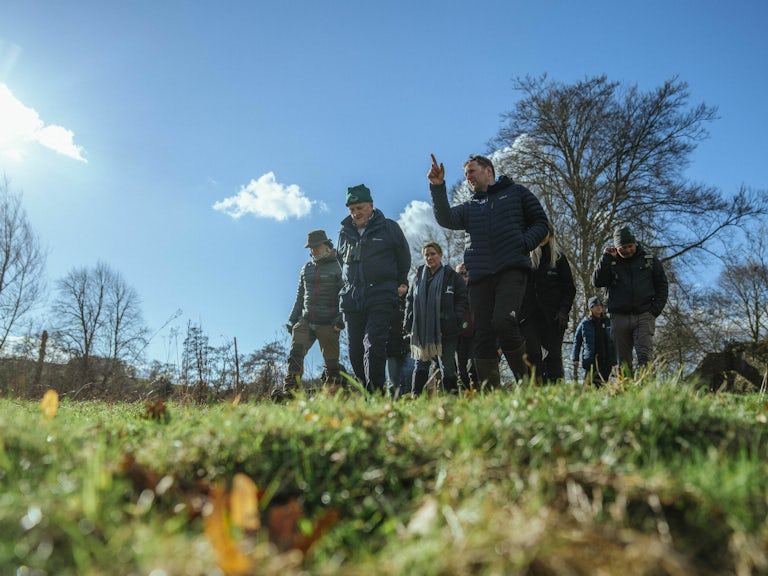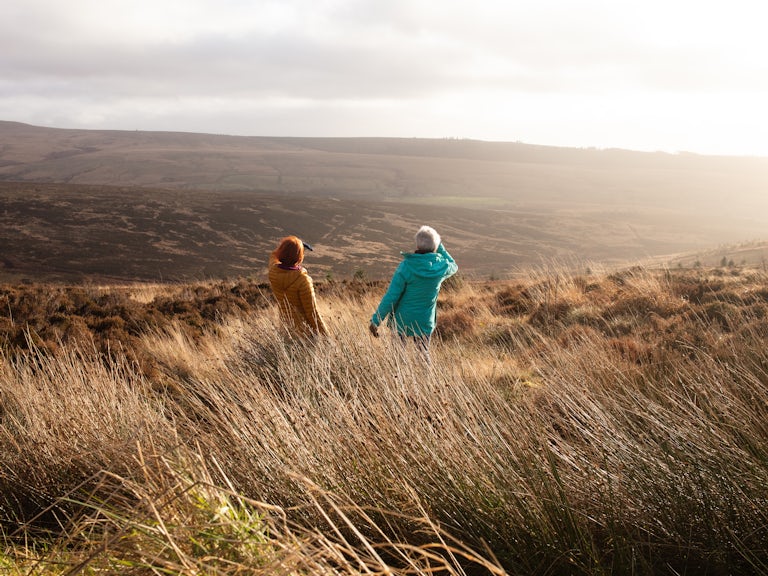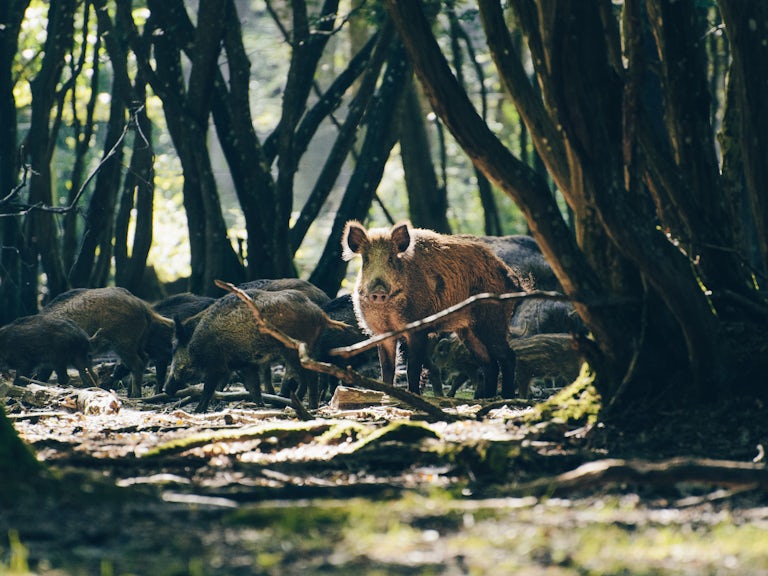"Let's allow nature to take care of itself" - introducing our new Chair, George Levvy
Rewilding Britain’s new Chair of Trustees explains what motivated him to join our mission, and why he’s keen to hear a range of perspectives about our work.

Published 21/02/2019
“I want to put my energy into doing what I can to help meet the huge challenges of biodiversity loss and climate collapse.”
George Levvy
It was the potential for creativity and hope in rewilding that really caught my imagination when I was looking for my next professional challenge.
After leading a medium sized charity for a decade and then another 13 years consulting on strategy and governance, I’d reached a point in life where I was able to ask myself: “Where do I most want to put my energy?” The answer is doing what I can to help meet the huge challenges of biodiversity loss and climate collapse.
Doing things the right way
I’ve taken on the role of Chair at a time when Rewilding Britain is growing. We’ve just received significant funding, along with our co-leads at Woodland Trust, for the Summit to Sea project. We need to have robust governance in place so we can account to the funders and to our stakeholders. I, along with everyone in Rewilding Britain, want to see the organisation performing at the highest level.
Rewilding Britain was created to advocate for rewilding and to make it happen. We are solely focused on that. It’s my role, along with the other trustees, to keep challenging the organisation and to ask the question: “Are we fulfilling our mission as fully as we can?”
That’s more important than ever now that we’re helping projects like Summit to Sea.
In order to have the right to stand up in public and argue our case and respond to the understandable challenges that will come, we have to be confident that we’re doing things in the right way. And that’s where governance is crucial.
The world is moving at speed and rewilding is having to keep pace with that. The truth is we don’t have all the answers and we need to constantly re-examine our approach and priorities.
I’m still learning what a broad church rewilding is. There isn’t a single approach, process or definition to rewilding, and it seems to me we would have a problem if we tried to take some kind of stranglehold on that. Our principles are what need to guide us, along with an appreciation of different perspectives and experiences.
Listening to understand
One of my personal priorities is to become better informed and to talk to people who know the world and understand what’s going on. I’m keen to hear views from across the spectrum.
And it’s not just about hearing things in order to respond, it’s hearing things to truly understand.
This feels more important than ever. Let’s be blunt: we might not be able to meet the huge challenges of biodiversity loss and climate collapse. If we can’t, we’re in a desperate place.
Rewilding is a hopeful, creative response to that reality. It’s about working with the flow, creating something new. It’s not about saying, “We must stop them destroying this,” or, “We must maintain a certain critical number of any one species”. That model of target-driven, narrow, species-focused conservation is, all too often, just fighting the tide.
Rewilding is something different, instead of trying to take care of nature rewilding is stepping back and letting nature take care of itself – and us.

Rewilding 101
Start here to learn all about rewilding, what it looks like and what it can do.
Why rewild
Our vision
We have big ambitions. Find out what we’ve set out to achieve through rewilding.
What we do
Rewild your inbox
Wise up with the latest rewilding news, tips and events in our newsletter.
Sign up now


